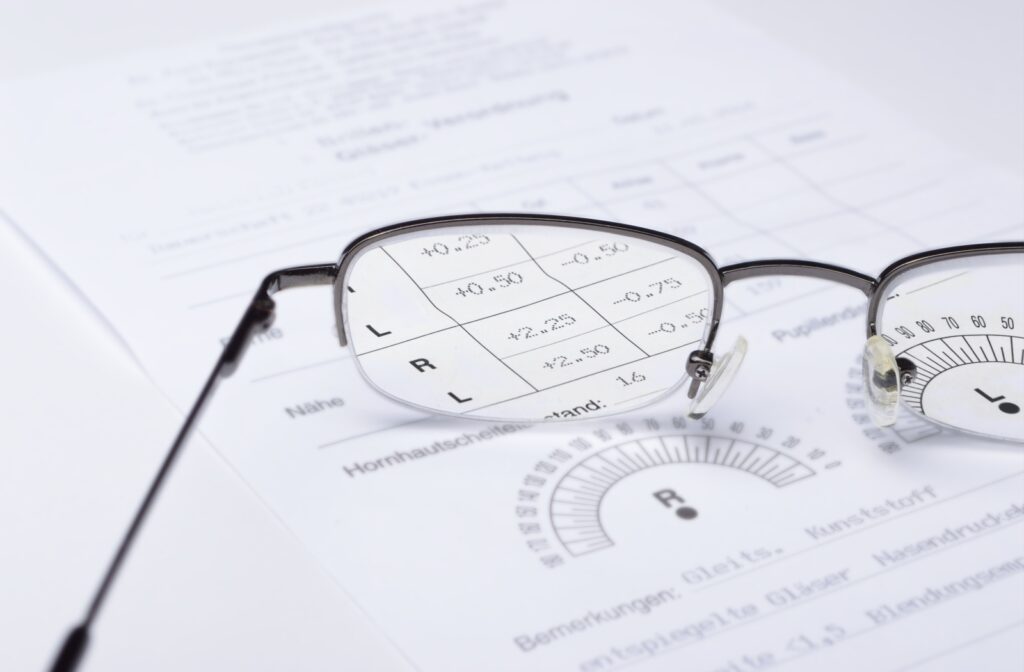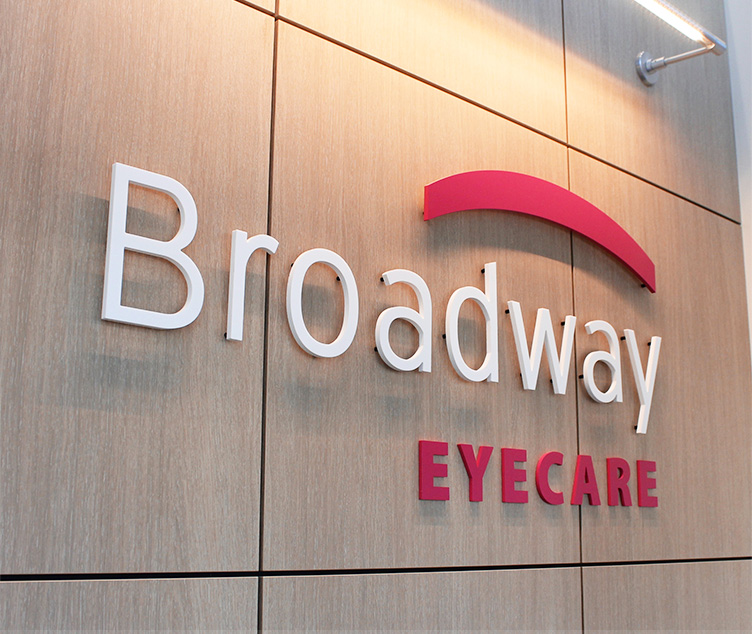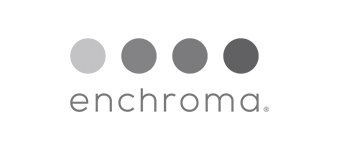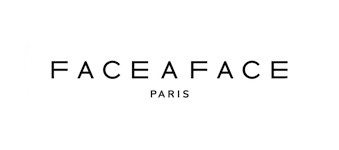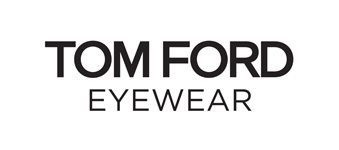Ever looked at your glasses prescription and wondered what all those terms mean? One term that often confuses is Plano. Plano is usually noted with a zero or the abbreviation “PL” on your prescription. For instance, if the sphere (SPH) value for one or both eyes shows “Plano,” it indicates no corrective lens strength is needed to adjust your distance vision for that eye.
Common Terms on a Glasses Prescription
Here are some common terms you might find on your glasses prescription:
- OD (Oculus Dexter): Refers to the right eye.
- OS (Oculus Sinister): Refers to the left eye.
- OU (Oculus Uterque): Refers to both eyes.
- SPH (Sphere): Indicates the lens power needed to correct nearsightedness or farsightedness. A negative number means nearsightedness, while a positive number means farsightedness.
- CYL (Cylinder): This corrects astigmatism, which is an imperfection in the curvature of your eye.
- Axis: Denoted in degrees from 1 to 180, it describes the orientation of astigmatism correction in the lens.
- ADD: This stands for “Addition” and indicates the additional magnifying power needed for reading or bifocal lenses.
- PD (Pupillary Distance): The distance between the centers of your pupils, measured in millimeters. This ensures that the lenses are properly aligned with your eyes.
- Prism: Used to correct double vision by aligning the images seen by each eye into a single image.
What Does Plano Mean?
If you see the word “Plano” on your glasses prescription, it indicates zero refractive power. In other words, no correction is needed for nearsightedness (myopia) or farsightedness (hyperopia) in that eye. Essentially, your vision in that eye is considered normal. The term “Plano” is derived from the Latin word for “flat,” signifying a lens with no curvature.
Plano lenses are beneficial even if they don’t correct your vision. They can be used to protect your eyes from UV light, blue light from screens, or even just for fashion.
Anisometropia: One Eye Needs Correction, One Doesn’t
Sometimes, you might have a prescription where one eye requires vision correction, while the other doesn’t. This condition is known as anisometropia. When this happens, you might see “plano” mentioned for the eye that doesn’t need corrective power, while the other eye has a specific prescription for either myopia or hyperopia. It’s completely normal and more common than you might think.
Using the correct lenses ensures that both eyes work together efficiently, reducing strain and offering clear vision. We can seamlessly combine a “Plano” lens with a corrective lens in one pair of glasses, so you don’t need to worry about experiencing any imbalance.

What is the Difference Between Plano and Balance Lenses?
Plano and balance lenses serve different purposes and are used in distinct situations. Plano lenses have zero refractive power and are generally used when one eye doesn’t require correction. Balance lenses are often used when one eye is significantly weaker or blind.
A Brief Overview of Balance Lenses
Balance lenses provide equilibrium in glasses for those with significant vision discrepancies between their eyes. Essentially, the prescription is identical for both lenses to help ensure the glasses remain symmetrically balanced and offer protection and comfort for the wearer. The prescription will only correct vision for one eye, as the other eye often can’t be corrected.
What is the Difference Between Plano and Cylindrical Lenses?
Plano lenses and cylindrical lenses also serve different purposes. Cylindrical lenses are used to correct astigmatism. They have a specific curvature designed to counteract the irregular shape of the cornea, thereby correcting the vision. When your prescription includes both Plano and cylindrical lenses your eyes may not need vision correction but do need correction for astigmatism.
What is Astigmatism?
Astigmatism is a common vision condition where the cornea or lens of your eye has an irregular shape, leading to distorted or blurred vision at all distances. Instead of having a perfectly round shape like a basketball, the eye with astigmatism has a shape more like a football, causing light to be focused on multiple points rather than a single one. This results in images appearing blurred or stretched. Astigmatism can occur in conjunction with other refractive errors like myopia (nearsightedness) or hyperopia (farsightedness). It’s typically correctable with glasses, contact lenses, or even refractive surgery, enabling you to enjoy clear and sharp vision.
Is it Time for an Eye Exam?
Because your prescription can change over time, regular eye exams can keep your prescription up to date and your vision needs met. Even if your current glasses offer some correction, they might not be as effective as they once were.Understanding your glasses prescription empowers you to make informed decisions about your eye care. Our knowledgeable staff at Broadway Eyecare can answer any questions you have about your prescription. We’re here to help you see the world more clearly, so contact us today to book an appointment.


